So you’re intrigued about mezcal and want to know more about it than just “Oh, it’s the smoky tequila, right?”
Good news: The potential variety within mezcal far outweighs what you can find in your everyday tequila, which is limited to one type of agave (Blue Weber) and production/distillation within five Mexican states.
The bad news? While mezcal is far less limited by territory and can seemingly incorporate any agave — there are over 200 species in the country and dozens have been used to make your favorite new Mexican spirit — your local store or watering hole is most likely going to be stocked with mezcal crafted from the Espadín agave via Oaxaca.
“According to the Consejo Regulador del Mezcal — the regulatory body for mezcal — around 74% of the entire production of mezcal is made out of Espadín (Agave Angustifolia),” explains Joseph Mortera, Global Brand Ambassador for The Lost Explorer Mezcal, which does have an Espadínrelease in its otherwise diverse lineup.
Not that there’s anything wrong with that particular maguey. But you may wonder why producers aren’t willing to explore the category’s wide boundaries. Basically, Espadín dominance comes down to the following:
Sugar content
“Most species of agave have few sugars compared to Espadín,” explains Mezcal Amaras co-founder Luis Niño de Rivera. You’re also going to get a very high yield compared to other agaves.
Maturity timescale
It’s a much shorter period for the Espadín agave to reach full maturity. The average age is about eight years, according to Mortera; on the other hand, Cenizo, a wild agave that Amaras uses in a different release (see below), is a larger plant but produces less of a yield and can take 13-15 years to mature.
Geography
Turns out Espadín can adjust to most climates in Mexico. “Espadín agave grows well in many areas, due to its ability to adapt to different altitudes, types of weather and terrain,” says Mortera.
Availability
Espadín is everywhere, and that’s part of a larger government plan. “A few years back in Oaxaca, a government official supported the planting of espadin,” explains Niño de Rivera. “So the plantations started growing it. So now you have 97% of mezcal coming from Oaxaca, and 90% of that is Espadín.”
So you may need to look a little harder if you want to explore mezcal’s depth and diversity (also, production methods can play a more important role in the spirit’s final profile than the variety of agave).
There are hundreds of mezcals to choose from; below, we spotlight five bottles we recently tried that go beyond Espadín’s wide reach (although, interestingly, two of the releases here do use some Espadín).
The Lost Explorer
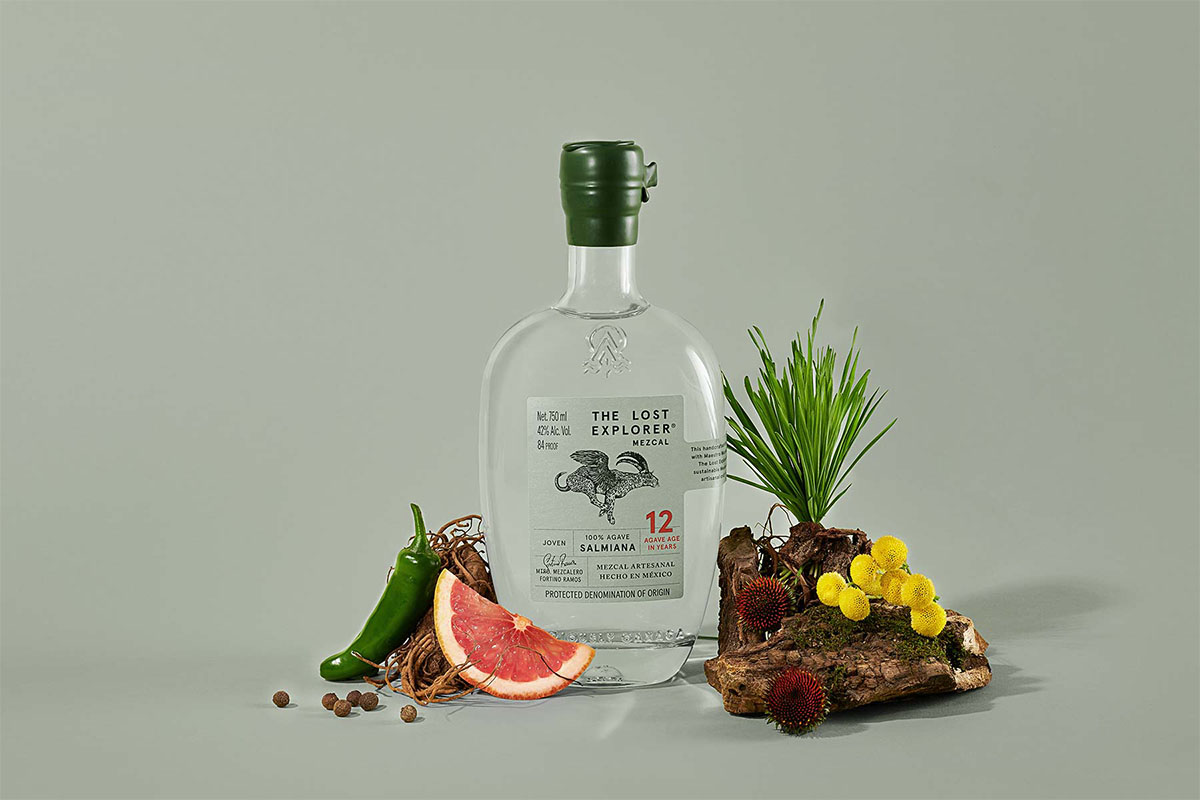

This sustainably-crafted mezcal has both a Tobalá and Salmiana release, the latter offering herbaceous notes but also a wonderful hint of grapefruit.
Ojo de Tigre
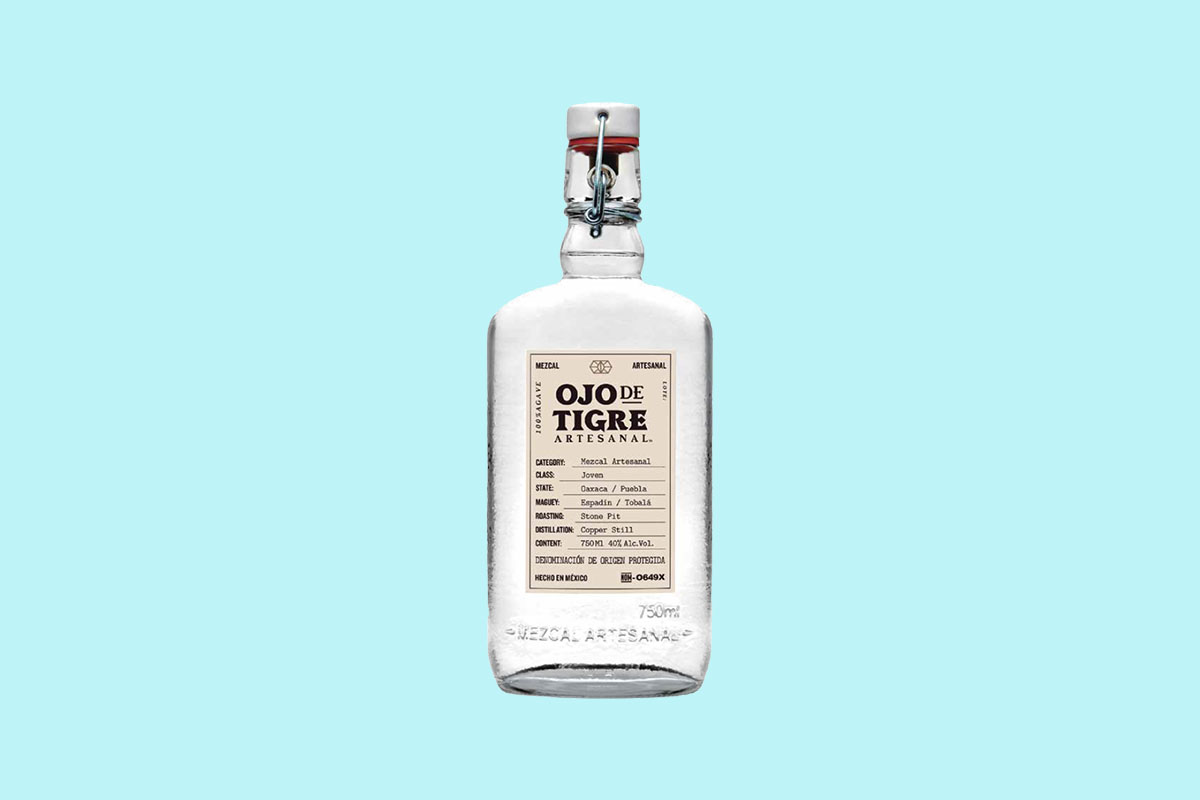

From the producer behind Ancho Reyes, Montolobos and the excellent Abasolo Ancestral Corn Whisky comes this hybrid, which features, yes, Espadín from Oaxaca (harvested after seven years) but also Tobalá via Puebla (which matures for between 10-14 years). Interestingly, besides the unique bottle, Ojo is the most approachable mezcal we’ve tried — beginners may want to start here.
Mezcal Amarás
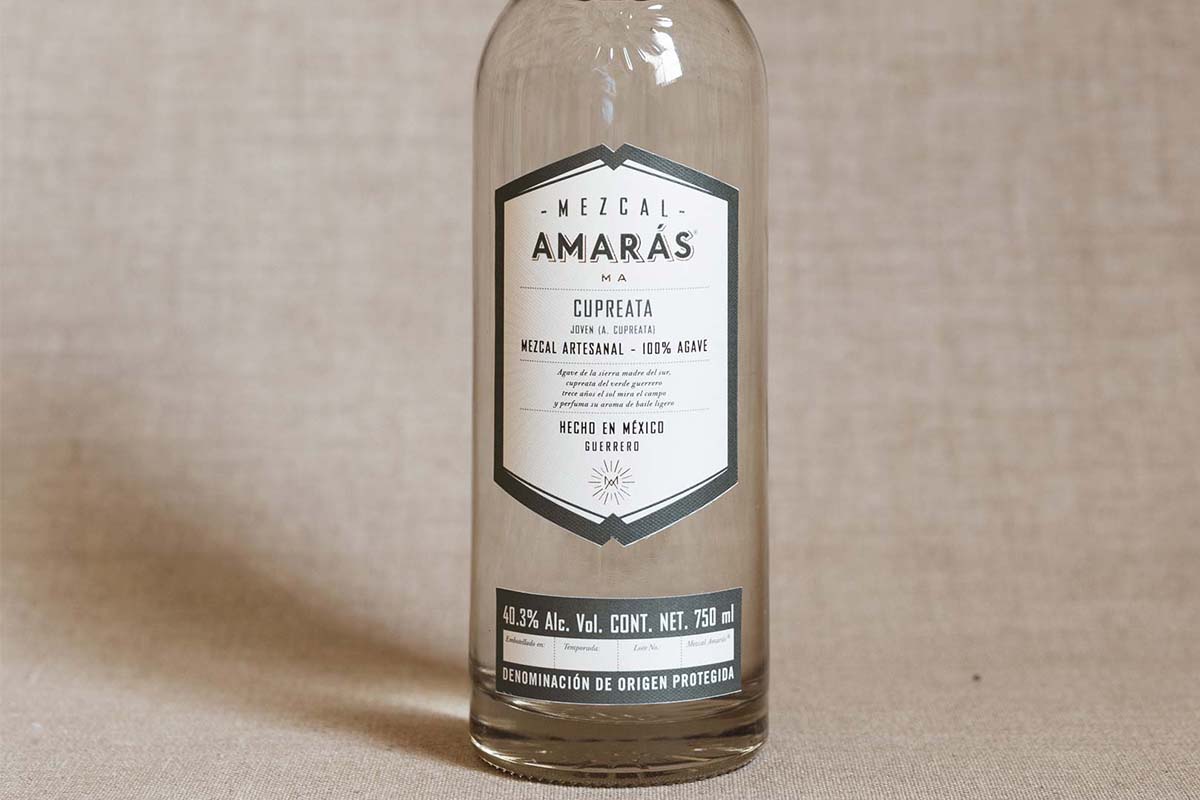

This “seed-to-sip” brand is planting seven agaves for every one they harvest, and also testing out several limited releases with rare agaves (like Sierra Negra, which can take up to 25 years to mature). Admittedly, I found their Espadín Reposado to be their standout — we’ll get into oak maturation for mezcals at another time — but the Cupreata is herbaceous and features a warm minerality.
OAX
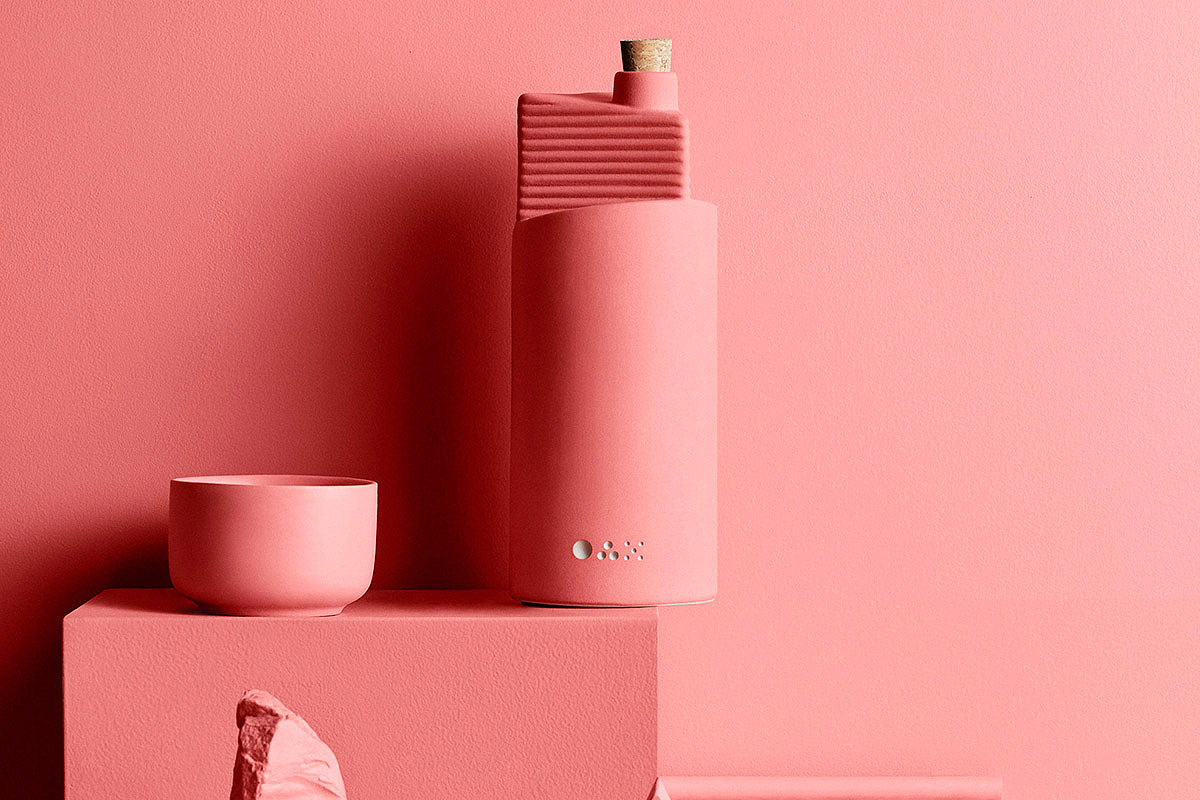

The oldest agave in this brand’s line-up arrives via this eye-catching pink bottle. This limited-edition release is crafted from the rare and wild Tepeztate agave that’s been maturing for 25 years. This release is exceptionally bright with some vegetal notes, a lot of smoke and a fair amount of citrus on the palate and finish.
Lejana y Sola
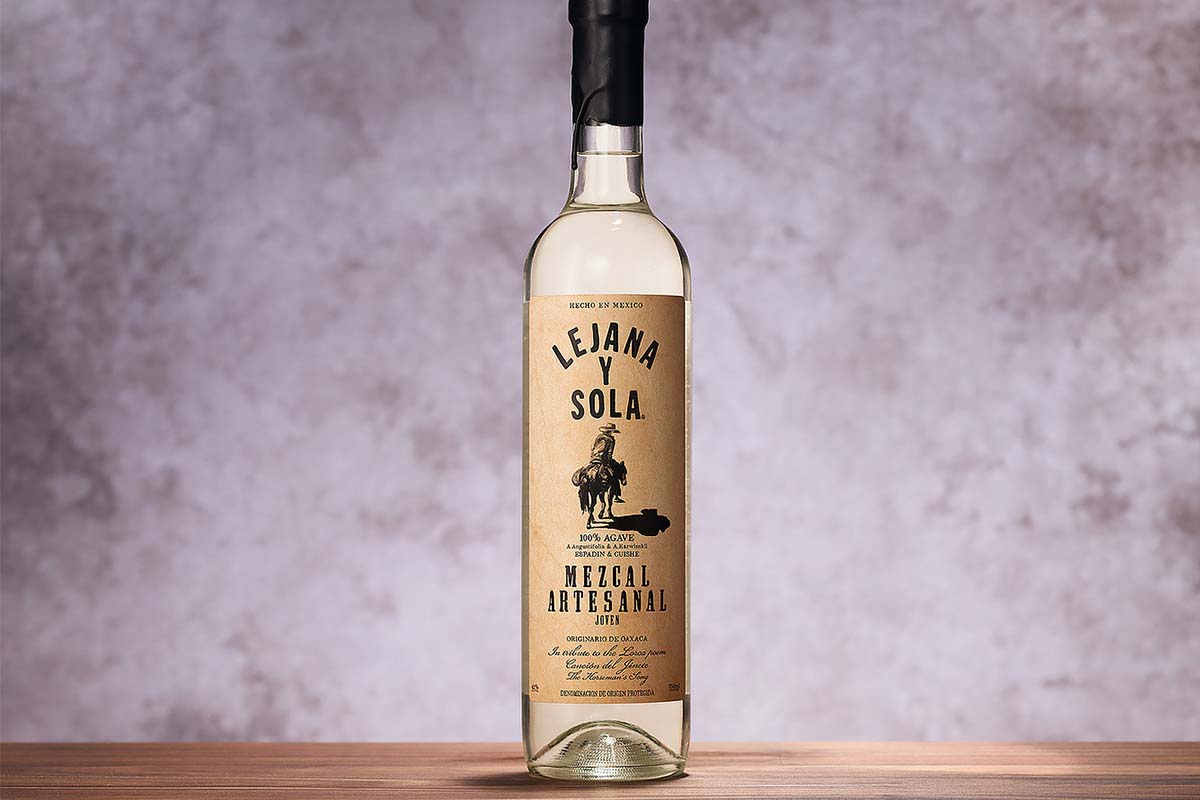

An ensemble mezcal made from Espadín and the wild Cuishe agave, the earthy profile here also features a subtle fruitiness.


